Rising Awareness of Early Diagnosis
The growing awareness of the importance of early diagnosis is a significant driver for the nuclear imaging-devices market. Patients and healthcare professionals alike recognize that early detection of diseases can lead to better treatment outcomes and lower healthcare costs. Campaigns promoting screening and preventive care are becoming more prevalent in the US, encouraging individuals to seek diagnostic imaging services. This heightened awareness is likely to increase the utilization of nuclear imaging devices, as they provide critical information for early disease identification. The nuclear imaging-devices market is expected to expand as more healthcare facilities incorporate these technologies into their diagnostic protocols, ultimately improving patient care and outcomes.
Rising Prevalence of Chronic Diseases
The increasing incidence of chronic diseases such as cancer, cardiovascular disorders, and neurological conditions is a primary driver for the nuclear imaging-devices market. As the population ages, the demand for accurate diagnostic tools rises. In the US, chronic diseases account for approximately 70% of all deaths, highlighting the need for advanced imaging technologies. Nuclear imaging devices, which provide detailed insights into physiological processes, are essential for early detection and treatment planning. This trend is likely to propel market growth, as healthcare providers seek innovative solutions to improve patient outcomes. The nuclear imaging-devices market is expected to expand significantly, driven by the necessity for precise diagnostics in managing chronic illnesses.
Growing Demand for Personalized Medicine
The shift towards personalized medicine is reshaping the landscape of the nuclear imaging-devices market. As healthcare moves away from a one-size-fits-all approach, the need for tailored diagnostic solutions becomes paramount. Nuclear imaging devices play a pivotal role in this transition by enabling clinicians to obtain detailed information about individual patient conditions. This trend is supported by the increasing emphasis on precision medicine, which is projected to grow at a CAGR of 11% through 2027. The ability to customize treatment plans based on specific patient profiles enhances the effectiveness of therapies, thereby driving the demand for advanced imaging technologies. Consequently, the nuclear imaging-devices market is poised for growth as healthcare providers adopt these innovative solutions.
Technological Innovations in Imaging Techniques
Technological innovations in imaging techniques are significantly impacting the nuclear imaging-devices market. Advances in detector technology, image processing algorithms, and hybrid imaging systems are enhancing the capabilities of nuclear imaging devices. For instance, the integration of PET/CT and SPECT/CT systems has improved diagnostic accuracy and efficiency. The US market is witnessing a surge in the adoption of these advanced systems, with a projected growth rate of 8% annually. As healthcare providers seek to improve diagnostic outcomes and streamline workflows, the demand for cutting-edge imaging technologies is expected to rise. This trend indicates a robust future for the nuclear imaging-devices market, driven by continuous advancements in imaging methodologies.
Increased Investment in Healthcare Infrastructure
Investment in healthcare infrastructure in the US is a crucial factor influencing the nuclear imaging-devices market. With the ongoing modernization of hospitals and diagnostic centers, there is a growing need for advanced imaging technologies. The US government and private sector are allocating substantial funds to enhance healthcare facilities, which includes upgrading imaging equipment. This investment is projected to reach $200 billion by 2026, fostering an environment conducive to the adoption of nuclear imaging devices. As healthcare providers strive to meet the rising demand for diagnostic services, the nuclear imaging-devices market is likely to benefit from this influx of capital, leading to enhanced technological capabilities and improved patient care.


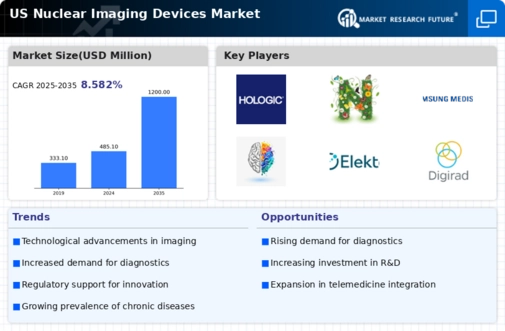
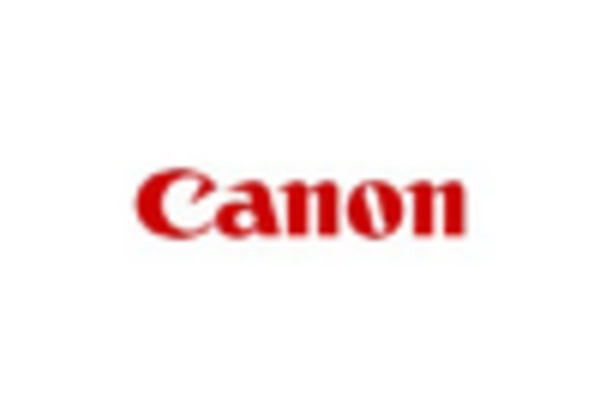
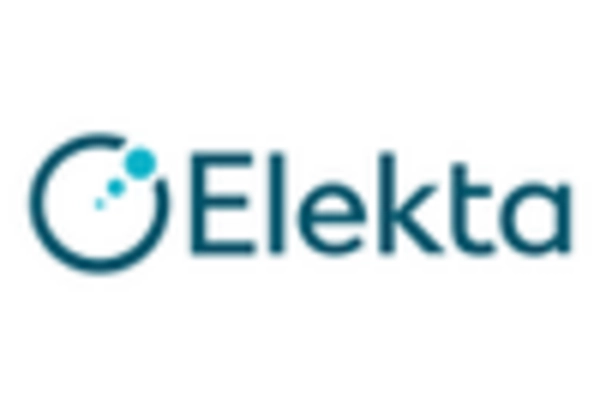
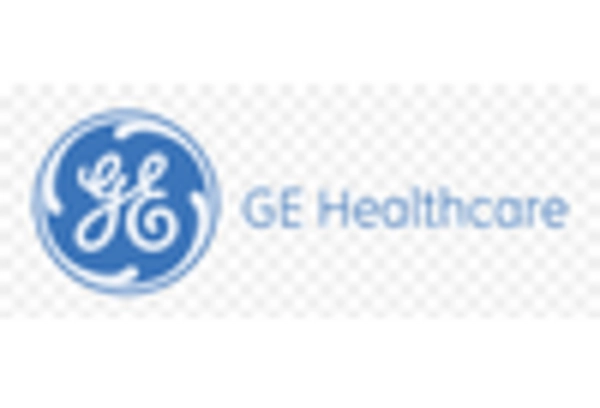
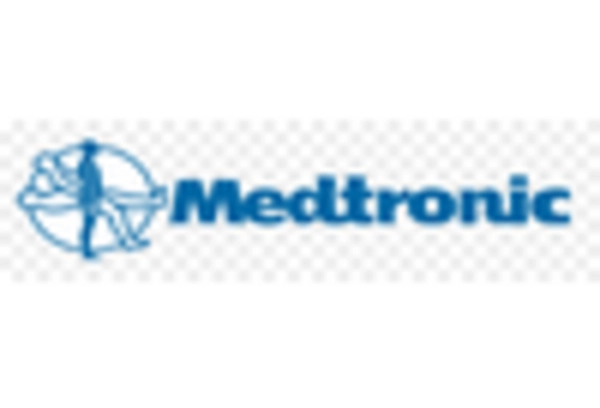










Leave a Comment